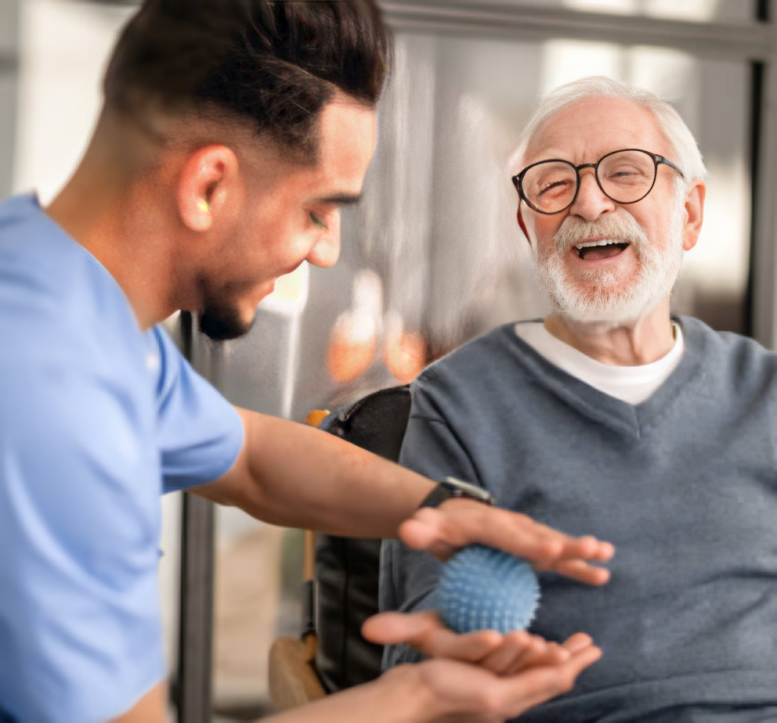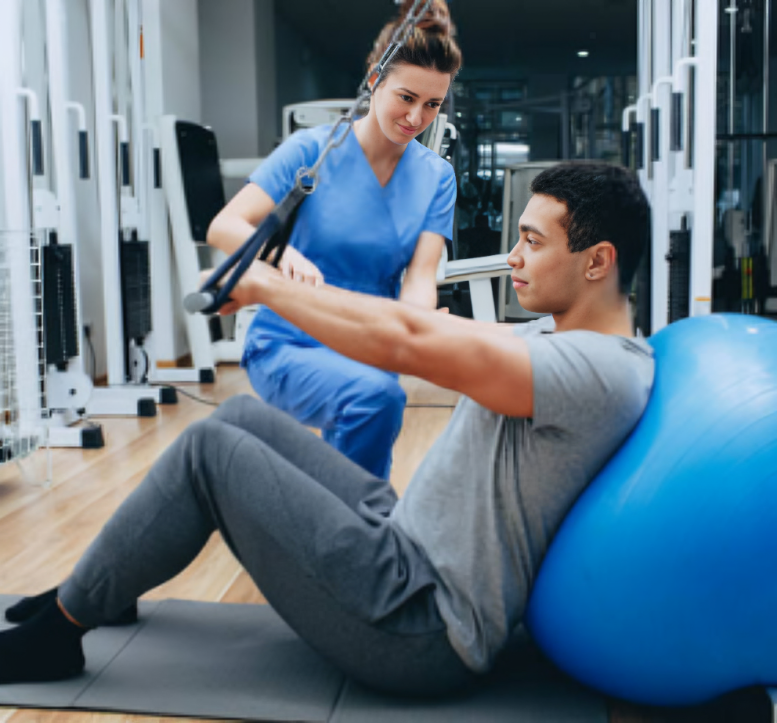
Sports Injury
Understanding different sports injuries
Sports injuries can occur in various parts of the body, including the muscles, bones, ligaments, and tendons. Some common sports injuries include sprains, strains, fractures, dislocations, and muscle tears. Each type of injury requires specific treatment and rehabilitation techniques to ensure a full recovery.
Common causes of sports injuries
Sports injuries can be caused by various factors, such as improper warm-up or stretching techniques, inadequate conditioning, overuse of certain muscles or joints, sudden impact or trauma, and poor technique or form during sports activities. It is essential to identify the root cause of the injury to prevent future occurrences.Preventing sports injuries through conditioning
One of the best ways to prevent sports injuries is through proper conditioning and training. This includes regular exercise routines that focus on strengthening the muscles, improving flexibility, and enhancing overall physical fitness. Additionally, athletes should learn and practice correct techniques to minimize the risk of injury during sports activities.Role of Physiotherapy in acute sports injury management
Physiotherapy plays a crucial role in the acute management of sports injuries. It involves various techniques and interventions to reduce pain, swelling, and inflammation, promote tissue healing, and restore normal function. Physiotherapists employ a combination of manual therapy, therapeutic exercises, electrical modalities, and other therapeutic interventions tailored to the specific needs of the individual.Rehabilitation strategies for specific sports injuries
Each sports injury requires a unique rehabilitation approach to facilitate optimal recovery. Physiotherapists develop personalized rehabilitation programs that focus on restoring range of motion, strengthening weakened muscles, improving balance and coordination, and gradually reintroducing the injured individual to sports activities.Importance of proper biomechanics in injury prevention
Proper biomechanics refers to the correct alignment and movement patterns of the body during sports activities. When athletes maintain proper biomechanics, they minimize stress on their muscles and joints, reducing the risk of injury. Physiotherapists assess and correct any biomechanical imbalances or abnormalities to prevent future injuries.The use of technology in sports injury Physiotherapy
Advancements in technology have revolutionized sports injury Physiotherapy. Tools such as ultrasound, laser therapy, shockwave therapy, and electrical stimulation techniques are used to enhance tissue healing, reduce pain, and promote recovery. Additionally, wearable devices and motion analysis systems assist in tracking progress and monitoring performance during rehabilitation.Reintegration into sports activities after Physiotherapy
Once an athlete completes the Physiotherapy program, they need to be properly reintegrated into their sports activities. Physiotherapists collaborate with coaches and trainers to ensure a smooth transition, gradually increasing the intensity and duration of the training. This process aims to prevent reinjury and optimize performance.Continuing care and injury prevention education
Injury prevention education is an essential component of sports injury Physiotherapy. Athletes are educated about the importance of proper warm-up, stretching techniques, adequate rest and recovery, and proactive injury prevention strategies. They also receive guidance on self-management techniques and exercises to prevent future injuries.Promising advancements in sports injury rehabilitation
Continued research and advancements in sports injury rehabilitation offer promising opportunities for enhanced recovery. This includes novel techniques such as regenerative medicine, biologics, virtual reality-based therapy, and personalized rehabilitation protocols. These advancements aim to optimize outcomes and reduce the time taken for athletes to return to their sports activities. By prioritizing proper injury management and rehabilitation through Uptown Physiotherapy Clinic's comprehensive services, athletes can speed up their recovery and get back to the game stronger and better than before. With a focus on understanding different sports injuries, preventing future incidents, utilizing advanced techniques and technology, and providing ongoing support, Uptown Physiotherapy Clinic is a leader in sports injury treatmentOnline simple step for appointment
To book your appointment with uptown Physiotherapy online, visit the uptownPhysiotherapyclinic.ca/contact or just call us at +1-519-252-2752.
Make Appointment
Just give us a call at +1-519-252-2752, date, time and providing your contact information.
Reminders
Choose your preferred physiotherapist when booking your uptown Physiotherapy appointment
Get Consultation
Receive consultations at Uptown Physiotherapy, your gateway to expert care in your neighborhood
Frequently asked questions
Sports Injury Rehabilitation is a specialized field of healthcare aimed at helping athletes recover from injuries sustained during sports activities. It involves a multidisciplinary approach to address physical, psychological, and functional aspects of the injury.
Athletes of all levels, from recreational to professional, who have sustained sports-related injuries can benefit from rehabilitation services. These injuries may include sprains, strains, fractures, ligament tears, and overuse injuries.
Sports Injury Rehabilitation teams typically include sports medicine physicians, physiotherapists, athletic therapists, chiropractors, massage therapists, and strength and conditioning specialists. These professionals work together to provide comprehensive care tailored to the athlete's needs.


